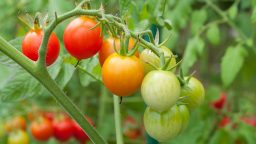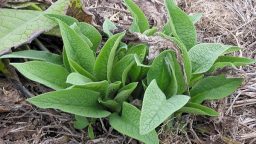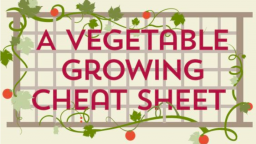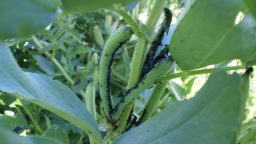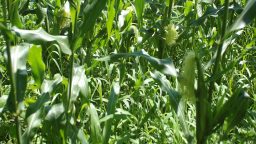Tomatoes are one of the most commonly grown crops in back yard gardens. But it isn’t always easy to grow healthy, productive tomatoes. And it isn’t really worth it to grow tomatoes if they aren’t healthy and producing to their full potential. If you have had problems with tomatoes in the past, here are 3 tips you might want to try.
Epson Salt
Epson salt is made of Magnesium and Sulphur. Both of which are vital nutrients for growing healthy tomatoes. If you have had issues with tomatoes in the past try watering them with ½ tablespoon of Epsom salt per gallon to start, and 1 tablespoon per gallon once they are established. This can also be helpful for peppers and eggplant.
Aspirin
A fungal infection in a plant’s leaves will leave the plant unable to feed, and grow, and therefore unable to produce even if it stays alive. If your tomatoes have suffered from fungal infections they could benefit from some aspirin. Crush an aspirin pill, a regular 325 mg pill is enough to add to a gallon or so of water, make sure it dissolves prior to watering. You can pour the water over the plant’s leaves.
Egg Shells
Eggs shells are a great source of calcium. If you have noticed blossom end rot in your tomatoes, peppers, or eggplants, they it is likely that your soil is lacking in calcium. Grinding or blending your egg shells into powder will decrease the time needed for them to break down and make the calcium plant available, but even this will not be enough to help plants that are already suffering from blossom end rot. This needs to be done at least 6 weeks prior to planting.
Don’t get down if your tomatoes have been leaving something to be desired, with these 3 tips, most problems with tomatoes can be a thing of the past.
If you enjoyed this, you might also like….
